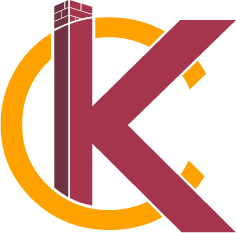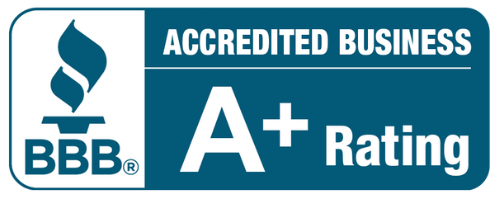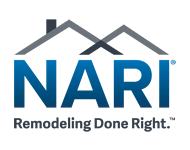The History of Louvered Roofs
In the past few years insulated panel patio covers have taken a large share of the market. There were great for keeping the weather off the patio but still blocked all of the natural sun light from getting in the ever larger patio windows and doors on the home.
Finally a solution – Louvered Roofs
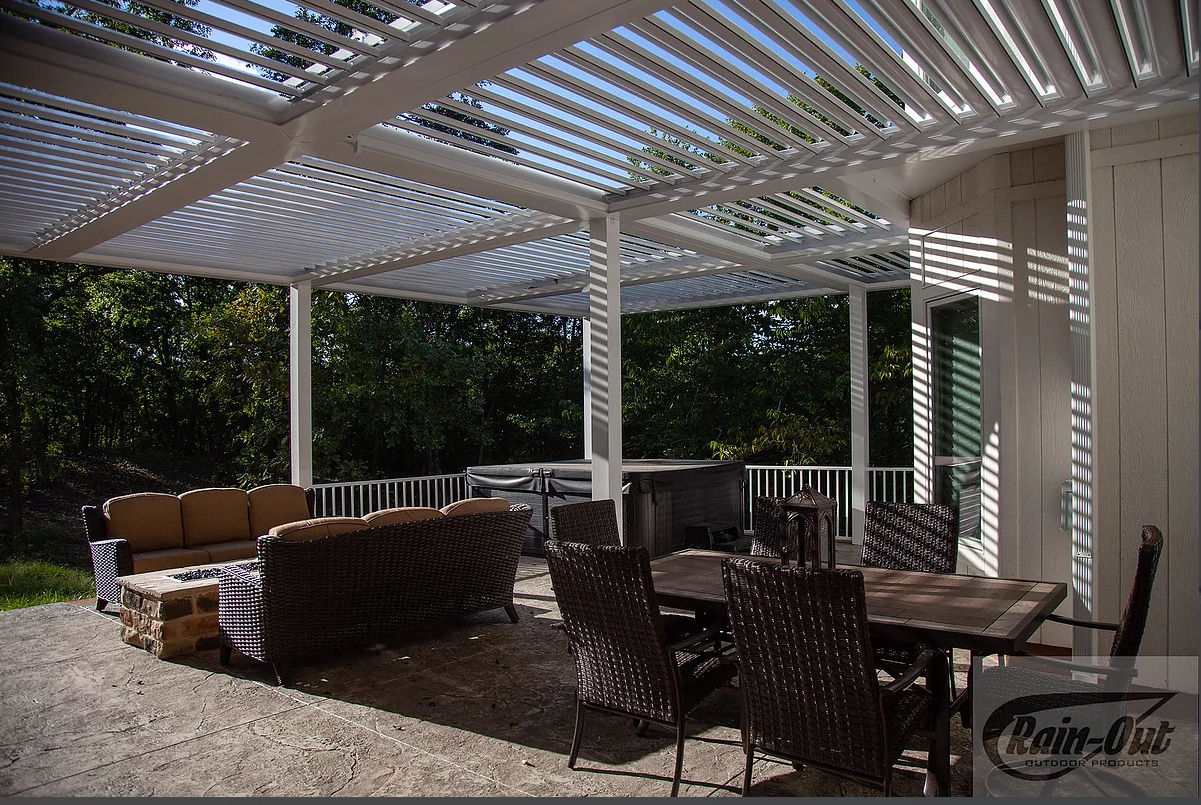
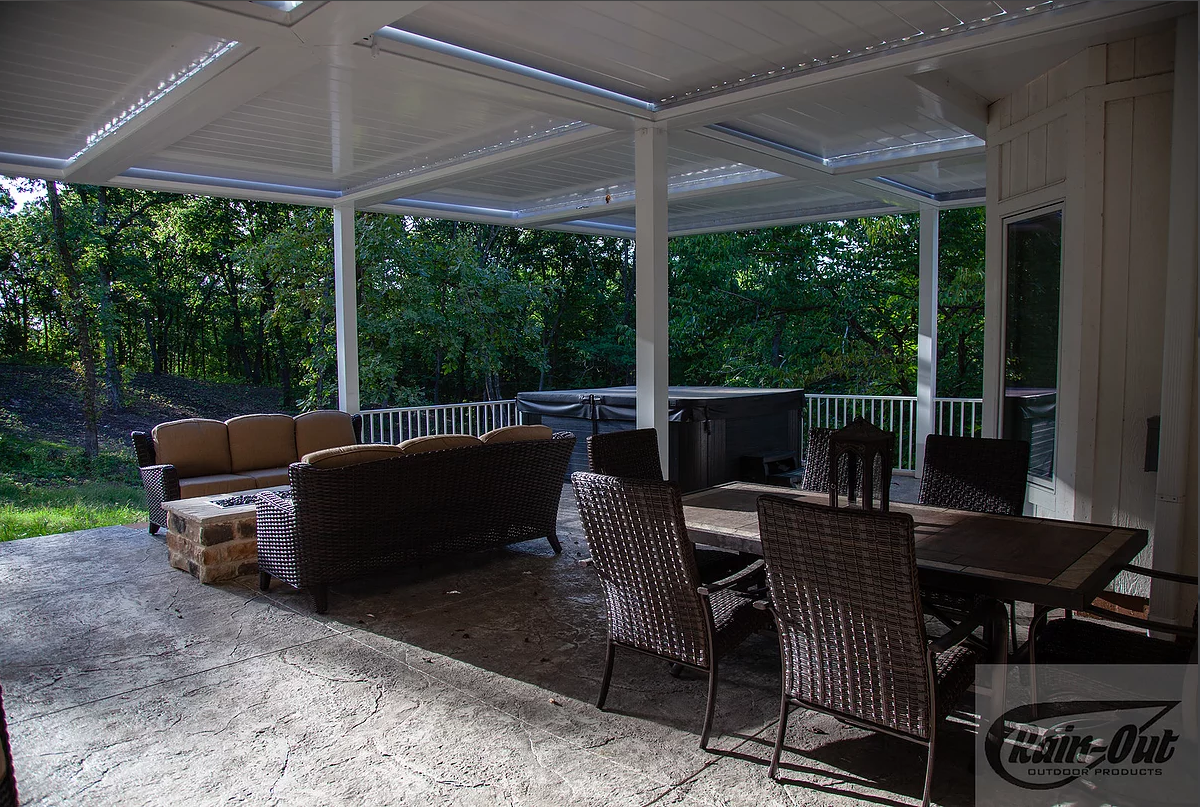
First Generation Louvered Roof
Coming to the USA
Currently thee are 7 first generation louvered roof manufacturers in the USA and Canada. 2 of them are bottom pivot and 5 are center pivot.
Designs
Center Pivot Design
The center pivot design is easiest to open and close because the louvers are balanced by the pin in middle.
In most cases however the louver is not designed very strongly so it can only be manufactured in 9′ and 12′ length which greatly limits the size of the structure.
The center pivot design comes with a full perimeter gutter to direct the rain water where you want it.
The louvers are easily connected to a pivot bar which rotates the louvers open and closed all at the same time.
Bottom Pivot Design
The bottom pivot design allowed for louvers up to 24′ long supported by and connected to rafters beneath. The louvers on this design are typically only 4″ which restricts more natural light plus they can only open a little past 90 degrees so they are unable to shade and catch light beyond that point.
The bottom pivot design makes the louvers top heavy so that when they closed passed the 90 degree point the weight transfer creates as much as 500 lbs. of stress on the motor and mechanism.
Because rafters are needed every 3′ to 4′ the look of the bottom pivot design is less appealing. The louvers sit on top of the rafters and the rafters sit on top of the beams giving a very stacked look.
The mechanism to open and close the louvers is internal in each of the rafters and hard to maintain if there are any problems. All of the louvers must be removed to gain access to the mechanism.
New Generation Louvered Roofs
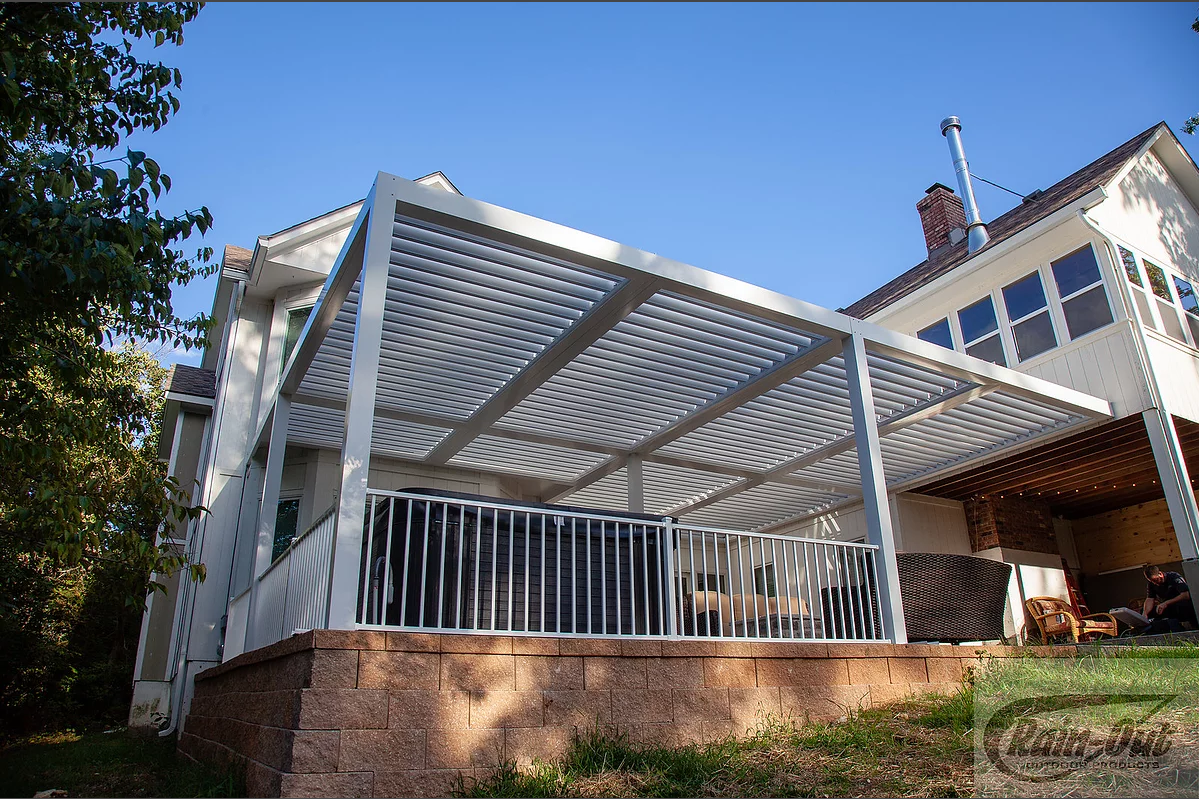
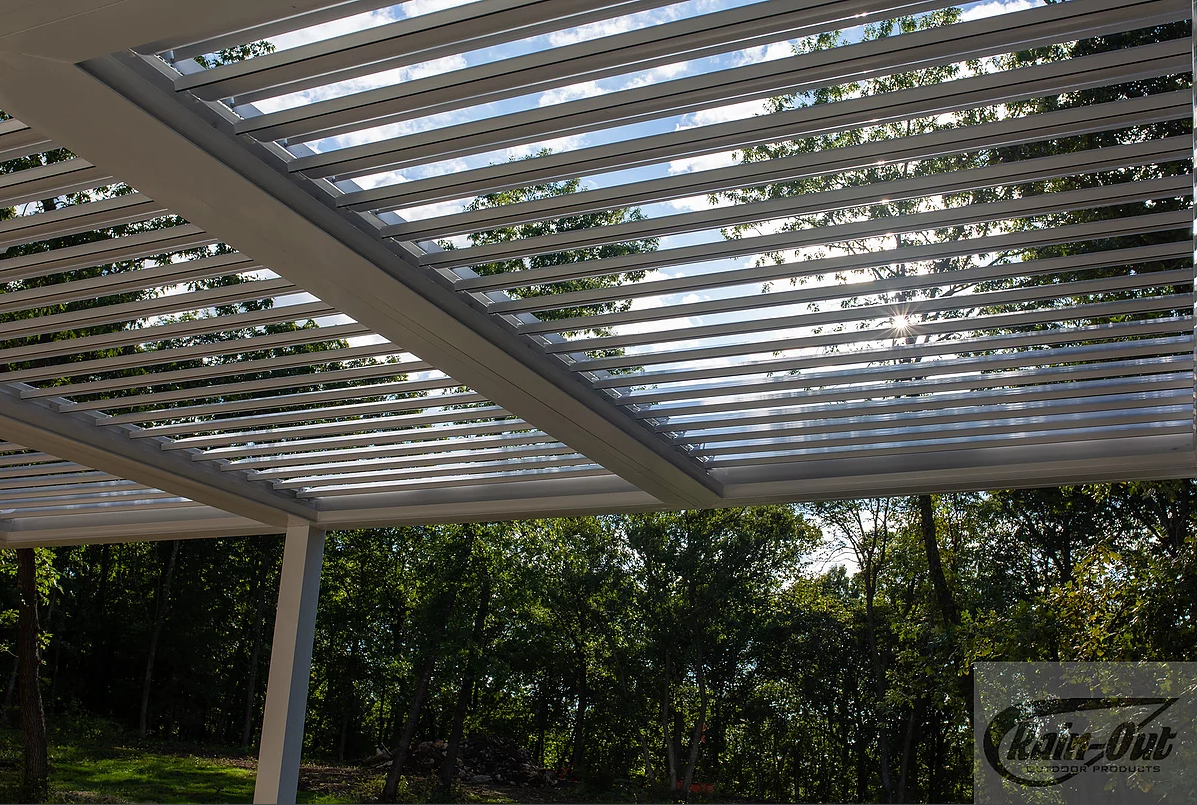
There are several new generation louvered roofs now manufactured in the USA. None of these manufacturers use the bottom pivot design.
Here is a list of some of the improvements these company have in their designs:
- All have the flat bottom tongue and groove louver design which is more appealing to customers.
- Some have a larger gutter to improve water flow in heavy rain storms as well as clog-prof leaf and debris screens.
- Some have ball bearings at each end of the louvered to provide a low friction longer lasting mechanism .
- All have integrated the new electronics technologies.
- Some have a designer gutter look for improved aesthetics.
- Some have a much stronger louvers design for improved snow and wind loads.
- Some have bearings in the pivot bar which connects all of the louvers allowing them to move together without stress.
The Sundance Louvered Roof is the only new generation louvered roof having all of these improvements.









